Electrical Charge
Electrification is one of the more recent initiatives to make buildings more sustainable.
Electrification is one of the more recent initiatives to make buildings more sustainable, as Greg Isaacson writes in “Electrification: More Buildings Plug Into the Grid.” It’s got potential—enough so the city of Berkeley, Calif., in July banned gas hook-ups for new houses, apartments and commercial buildings. A few other cities are instituting less rigorous but nonetheless more aggressive policies, with some offering incentives to encourage adoption.
But while electricity as an energy source is undeniably a more established and better developed alternative to fossil fuels than other options, its use as a clean energy source still requires refinement. Furthermore, as with other sustainable options, it doesn’t work for every building. Notably, retrofitting older buildings is expensive. And let’s face it, while decreasing commercial real estate’s significant contribution to global carbon emissions is increasingly not just community-minded but mandatory, without a relative cost benefit, it’s tough to justify.
In fact, it’s the growing cost effectiveness of alternative energy implementation that has made broader adoption viable. That can be attributed to improvements to systems, processes and means of measurement. It is also helped by growth in the number of alternative energy options available, making it possible to select those that work best for the specific situation. Solar arrays, for instance, require sufficient grounds or rooftop space accessible to direct sunlight (a situation I know all too well, on a smaller and more personal scale: while solar providers keep contacting me to install panels on my house and I would love to comply, the number of municipally owned trees interrupting the flow of sun to my roof make it impossible). Wind collection has similar restrictions. On the other hand, growing access to nearby centralized energy sources and improved storage options may even keep otherwise impossible options on the list.
Some property owners are getting creative. Pegasus Group Holdings, for instance, came up with an idea to power its new energy consumption-heavy data center in remote Mohave County, Ariz., via a solar power system located not on and in the building itself but instead using a combination of shipping containers and trailers to house the solar installations and related equipment. Dubbed The Hive and featured in a recent edition of CPE’s energy newsletter, The Energy Report, it is considered the country’s largest solar-powered data center.
Similarly, electrification options are sure to expand as they receive more focus, conceivably providing property owners with the most “non-alternative” alternative energy source there is. In the meantime, we invite you to share with us your experiences with energy source diversification.

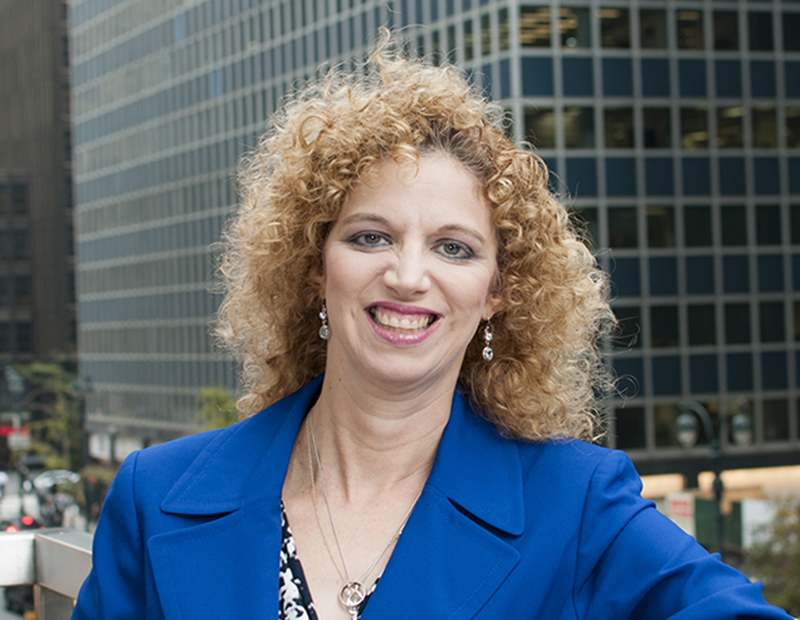
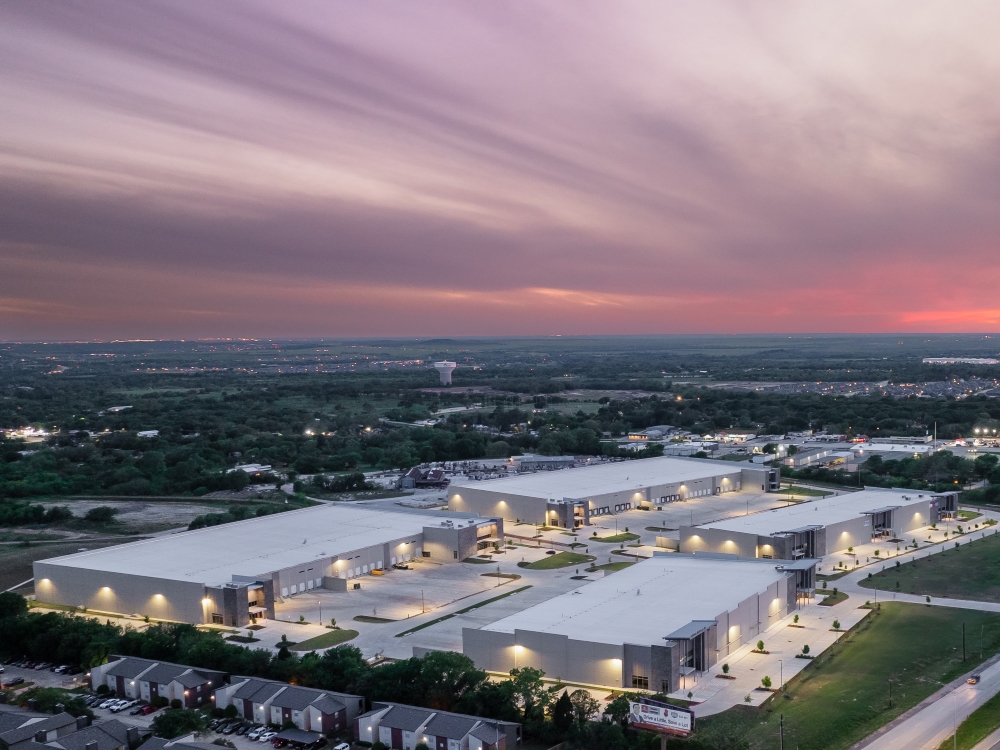


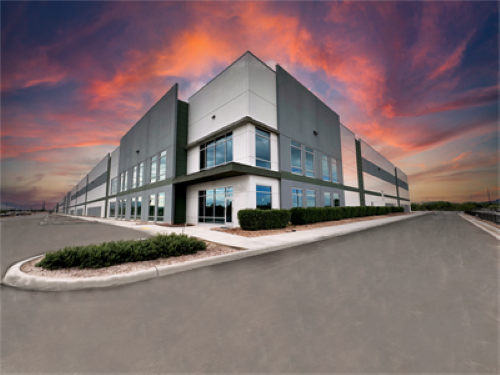
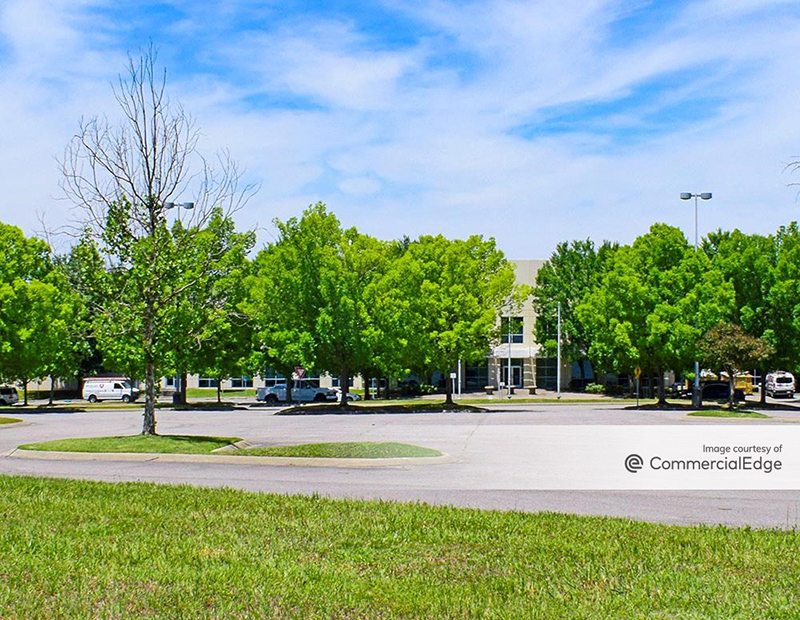
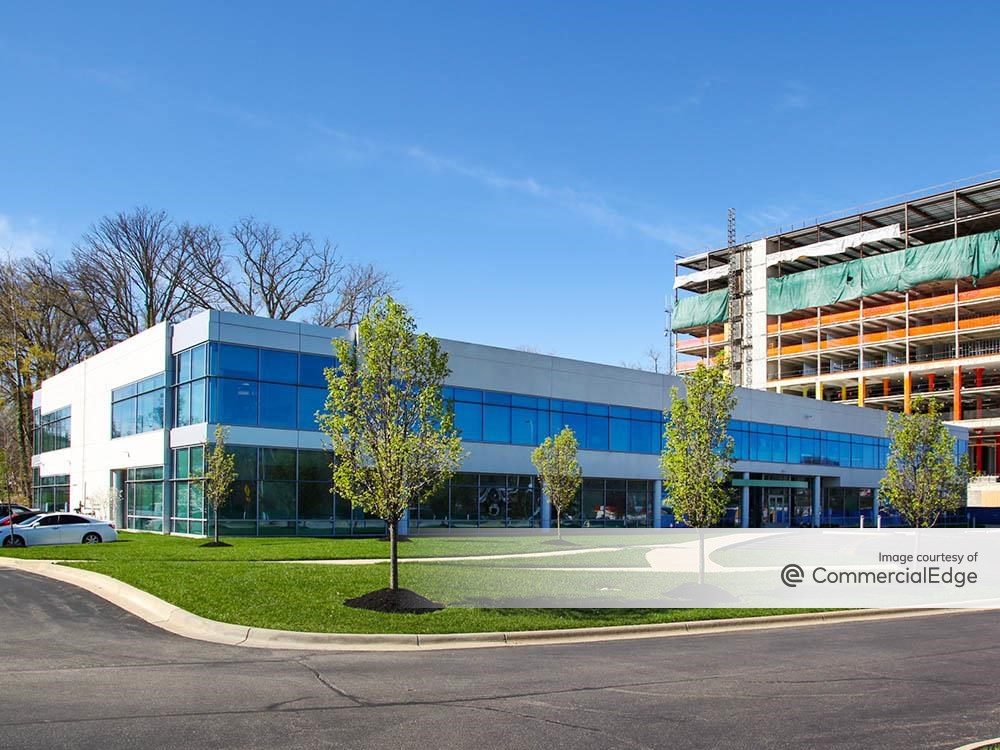
You must be logged in to post a comment.